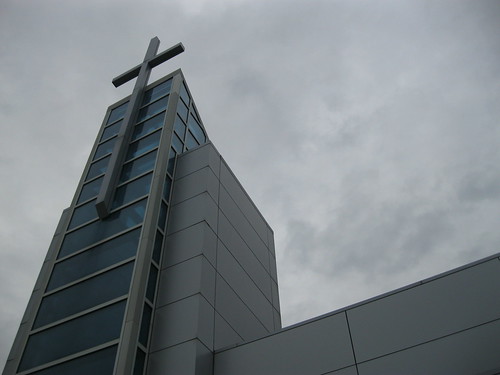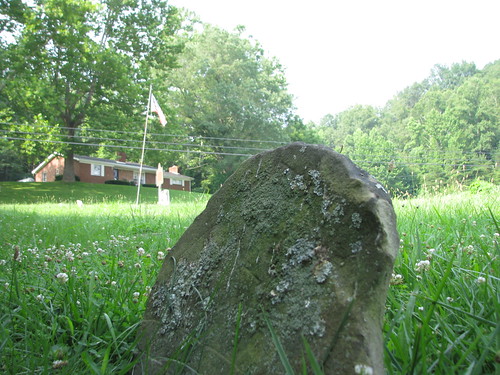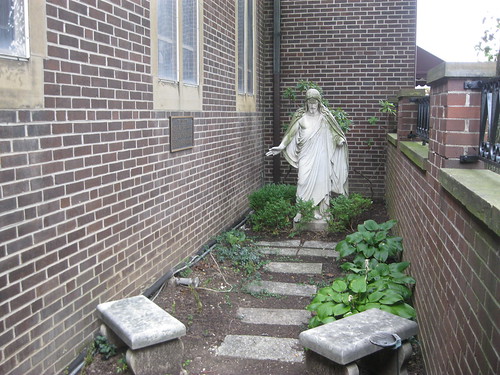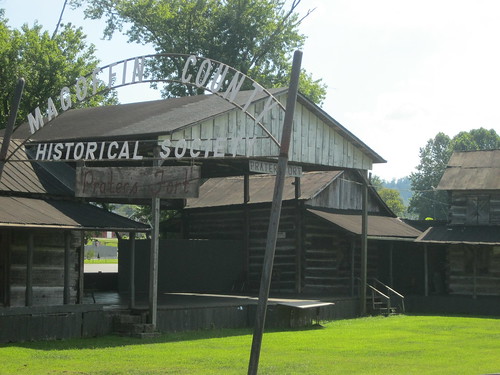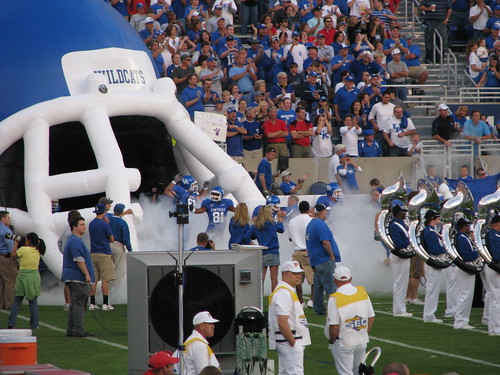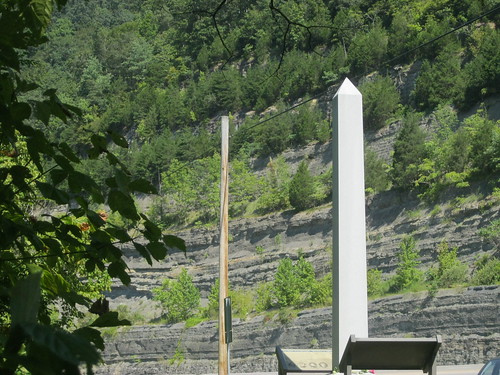 |
| Ivy Mountain Memorial – Floyd County, Ky. |
In the fall of 1861, General William Tecumseh Sherman, then the head of the Department of the Cumberland, heard rumors that a concentration of Confederate troops was amassing at Prestonsburg. In response, Sherman ordered Brig. Gen William O. “Bull” Nelson from his station at Maysville who was joined by Louisa-based Colonel Joshua Sill in driving Confederate forces south through Hazel Green and West Liberty.
Always short on supplies, Big Sandy Valley Confederates were also running short on ammunition in Prestonsburg. Under the direction of Capt. Andrew Jackson May, the men fell back on November 5, 1861, toward Piketon (n/k/a Pikeville). In Pikeville, the majority of the region’s Confederates were stationed under Col. John S. Williamson.
On November 8, 1861, May’s men took a stand to slow the southerly advance of Union forces. A volley temporarily halted Union troops, but reinforcements quickly overwhelmed May’s ragtag Rebels who retreated toward Virginia.
Confederate forces under Captain May left in their wake fallen trees and burned bridges, slowing the Union’s eventual taking of Piketon. Effectively, this was the end of the fight for the Big Sandy Valley as the mountains of eastern Kentucky were a Union stronghold for most of the Civil War.
Casualty counts from Ivy Mountains differ, but most reports indicate that Union forces suffered 30 casualties (6 killed; 24 wounded). Colonel Williams wrote of the Confederates’ loss: “10 killed, 15 wounded, and 40 missing. Some of the missing men have gone back to their homes, and others join us daily.” Most notable among Rebel losses was the state senator from Greenup County, Kentucky, Lt. Henry M. Rust “who fell gallantly in the discharge of his duty.”
“Bull” Nelson died in 1862; Jessamine County’s Camp Nelson was named in his honor, as is the adjacent national cemetery.
The monument to the Ivy Mountain battle sits adjacent to US 23 was dedicated in 2001 on the 140th anniversary of the conflict. In a few months, the sesquicentennial will be celebrated. The monument is a fifteen foot tall obelisk over an engraved base. As you can see from the picture, Ivy Mountain has been cut away to create and widen US 23. Without a thought, you know that the location is nothing like that seen by General “Bull” Nelson, Captain May, Senator Rust, and the others involved in the conflict. But, a rugged, narrow trail sweeps down toward the banks of the Big Sandy River. With the trees, the brush, and the passing waters of the Big Sandy, the past is much easier to imagine.
More photographs of the Ivy Mountain Memorial can be viewed on flickr.
Bibliography
Eastern Kentucky and the Civil War
Kentucky Encyclopedia
National Park Service

 First, the Confederate Soldier’s Monument (pictured at left). The Soldier’s monument was built with donations from four particularly wealthy residents of Lexington. Built in Carrara, Italy, and ordered from a catalog, the Soldier’s Monument was erected in 1893. It contains the names of 160 veterans.
First, the Confederate Soldier’s Monument (pictured at left). The Soldier’s monument was built with donations from four particularly wealthy residents of Lexington. Built in Carrara, Italy, and ordered from a catalog, the Soldier’s Monument was erected in 1893. It contains the names of 160 veterans.
